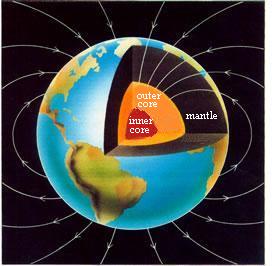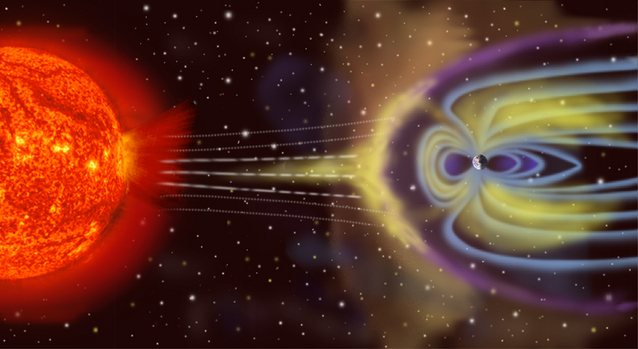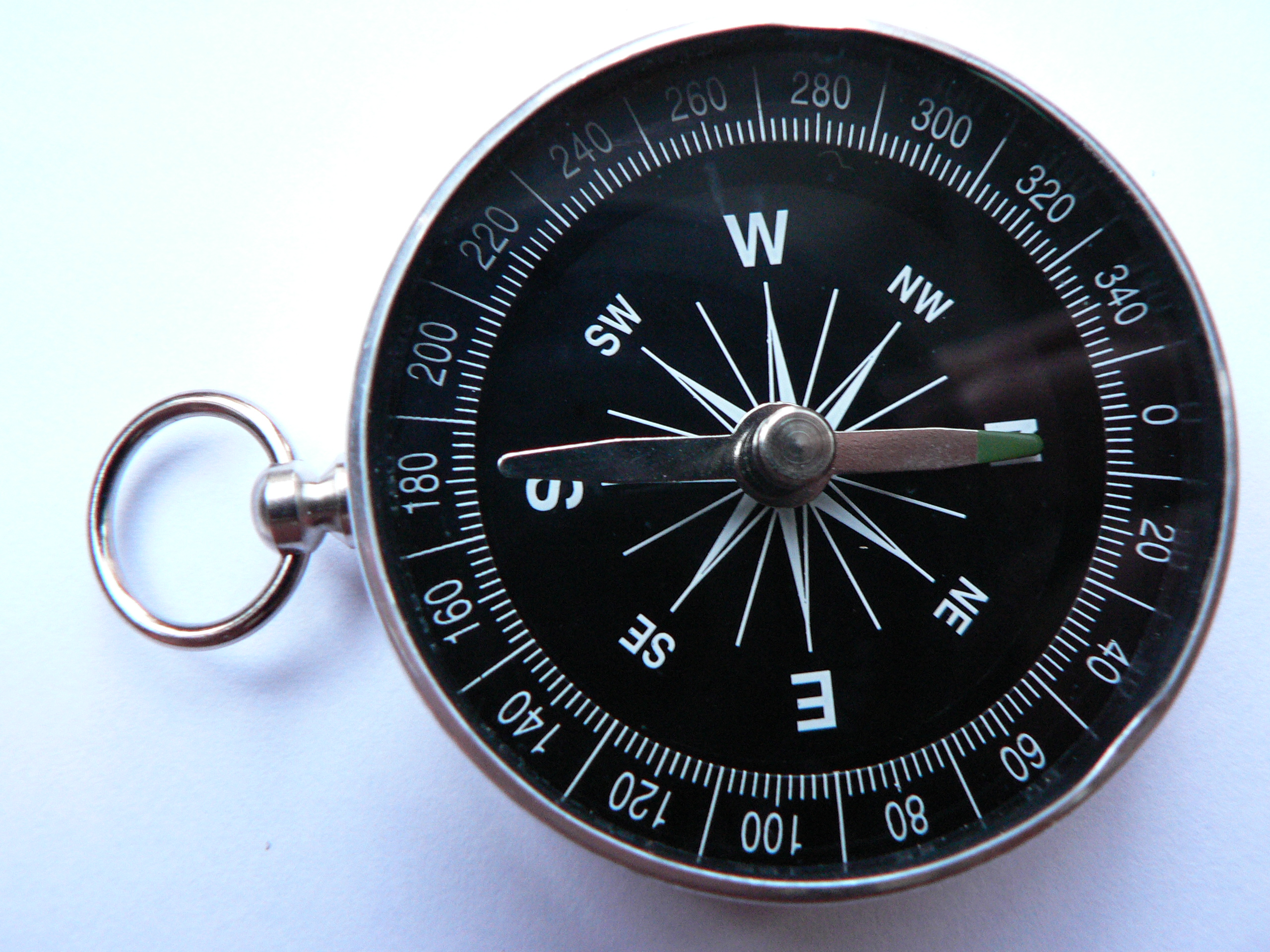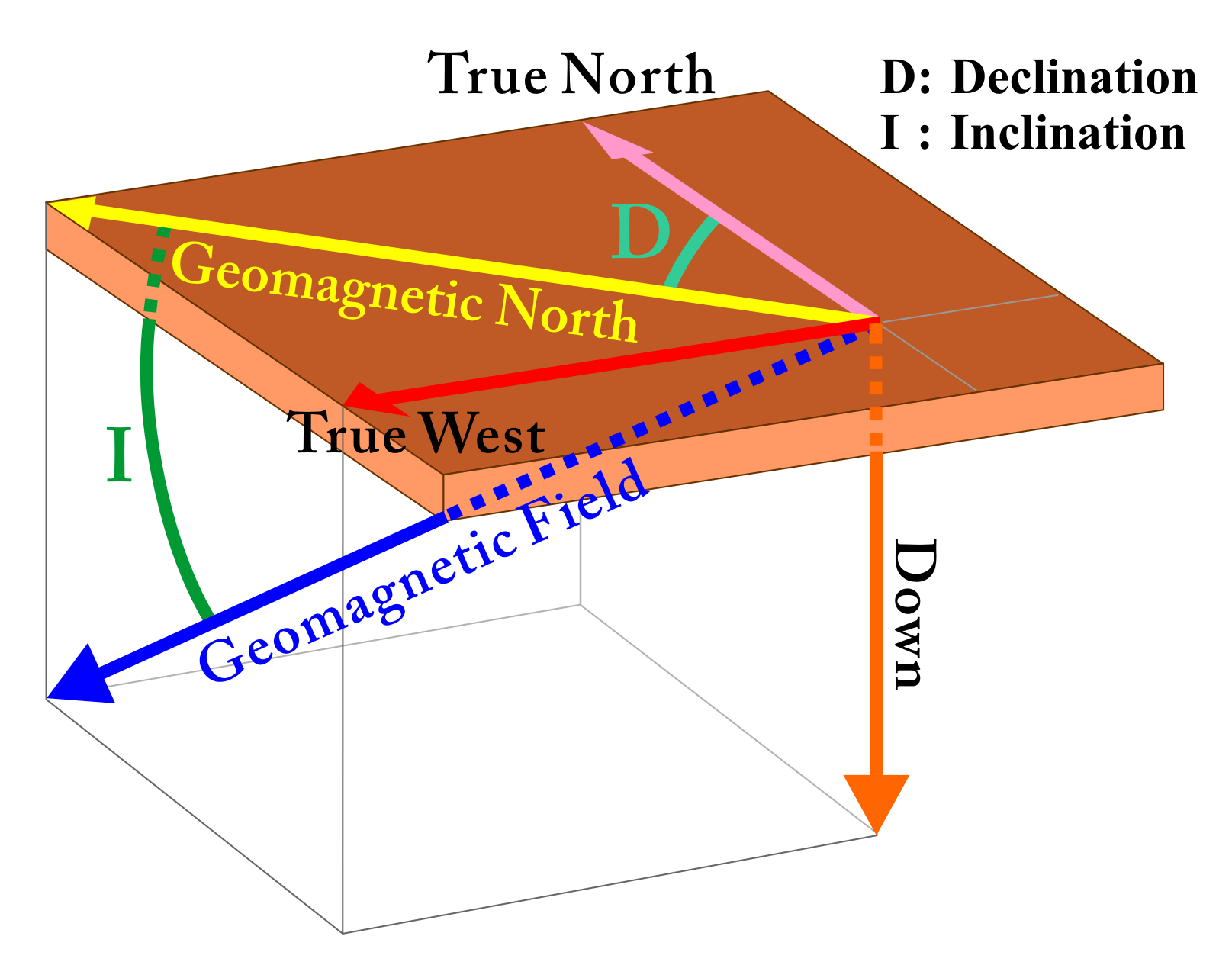Geomagnetism
What is the Earth's geomagnetic field?
Since the ancient times, people have known that certain materials would always point to a fixed direction. Ancient Chinese, based on this principle, invented compass (known as Si-nan at the time). These materials behave in this way because they are magnetized and the Earth is surrounded by a magnetic field. Whichever direction such objects are turned to, they would always revert to the direction of the magnetic field, which is known as the Earth's geomagnetic field.

Figure 1. A replica of Si-nan in Han Dynasty
What cause the Earth's geomagnetic field?
The Earth's geomagnetic field is a combination of several magnetic fields generated by various sources superimposing on each other. More than 90% of the field is generated by the movement of conducting material inside the Earth's core, which is often referred to as the Main Field. Other important sources of the geomagnetic field include electric current flowing in the ionized upper atmosphere and currents flowing within the earth's crust. There are also local anomalies produced by mountain ranges, ore deposits, geological faults, and artificial products such as trains, aircraft, power lines etc.

Figure 2. The Earth's magnetic field is caused primarily by conducting material inside the Earth's core
(Source of Graphics: United States Geological Survey)
What effect does the Earth's geomagnetic field have on human beings and other life forms?
The Sun is continuously ejecting high energy charged particles (known as solar wind) which, if ever able to reach the Earth's surface directly, could harm human beings and other life forms on Earth. Fortunately, the Earth's geomagnetic field acts as a shield and protects life on Earth from solar winds. Besides, some animals, such as sea turtles and migratory birds, rely on the Earth's geomagnetic field for navigation.

Figure 3. The Earth's geomagnetic field shields the Earth from direct impact of the solar wind.
(Source of Graphics: National Aeronautics and Space Administration)
What is the application of geomagnetic knowledge?
The discovery of geomagnetism and the invention of compass enabled seafaring and paved the way for the Age of Exploration, causing tremendous impacts on trades, wars and cultural exchanges.
To date, compass is still a necessary tool for activities such as hiking, stargazing as well as marine and air navigation.

Figure 4. Commonly used pocket-sized compass
Is geomagnetic direction same as geographical direction?
Although a compass points generally to the north and south, careful examination reveals that the north indicated on a compass (magnetic north) differs from the "north" in the geographical sense (true north, as determined by observing the positions of the sun or other stars). The difference is known as geomagnetic declination. Besides, the angle between the geomagnetic field and the horizontal plane is known as geomagnetic inclination.

Figure 5. Geomagnetic declination and inclination